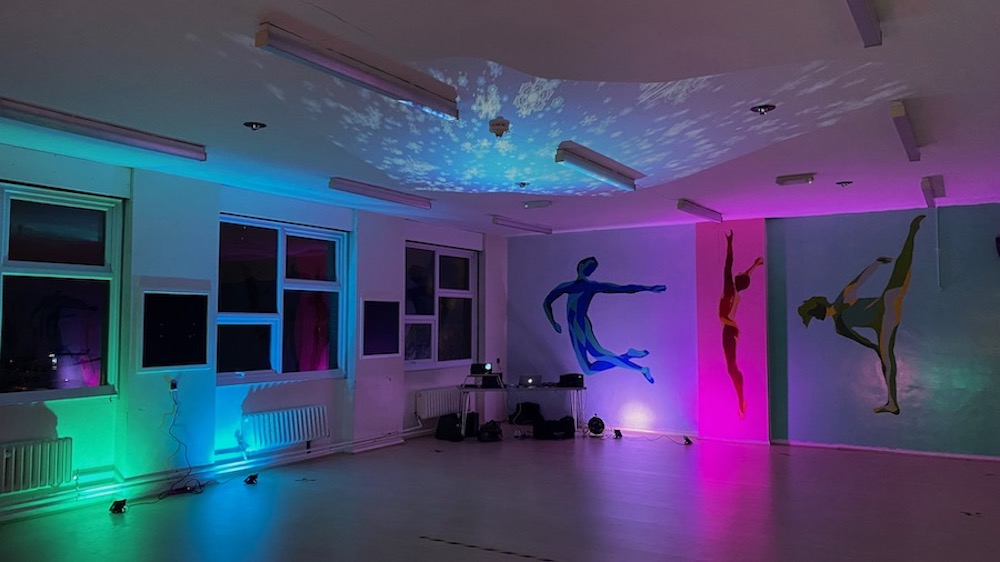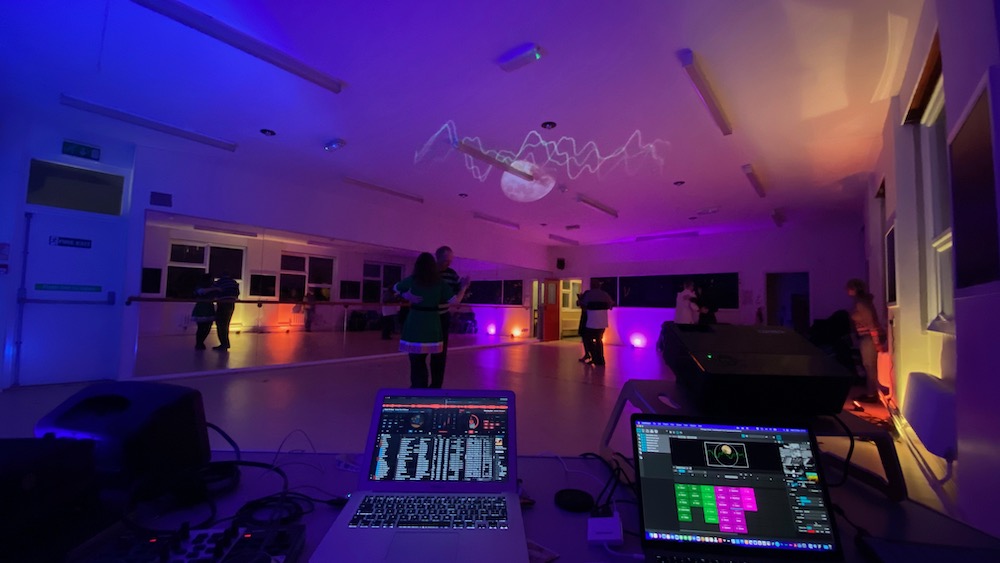
What Is Tango?
A dance with no steps.
Defining any dance style in writing is difficult, but tango is probably one of the hardest to describe unambiguously. Unlike most forms of dance there is no fixed rhythmic structure, no regularised form of hold or frame, and most surprisingly of all there is no list of steps or moves comprising the dance.
Tango is best described as a fully improvised partner dance within a framework of rules and techniques. It is not usually danced on every beat or in a particular rhythmic structure, but lends itself to a more fluid and dynamic interpretation of the music. Partners assume the roles of leader and follower, with the leader directing the flow of the dance and the movements performed, and the follower interpreting the lead in their own style. The rules of tango are relatively simple and can be completely described by a teacher in only a few lessons, but to dance it well can take a long time to master, and the best dancers say that they never stop learning.
But a technical description of tango does not tell the whole story. It is often described as a dance of 'connection', with the leader and follower moving around the dance floor almost as one entity. For good dancers the movement is almost effortless, and the follower's response to the leader's intent happens instinctively.
Tango can be whatever you want it to be. Fun, flirty, artistic, showy, personal, sexy... in a way that few other dance styles can match.
How do I learn?
A typical beginner's tango class will start by teaching a short sequence of basic steps that you learn and practice until they mostly work. Over the next few weeks of classes the routine will be modified, extended, and broken down until you realise that you are being taught techniques and principles rather than steps. These techniques are then what you use as you get better and learn more.
Students often ask if there is a quick way to learn or to improve, but unfortunately the answer is no. Tango is in many ways like a sport: the rules are simple to learn, but to get good at it takes practice. Lots of practice.
But learning and developing your tango is fun, and a good teacher will find a way to make every lesson different.
Not all tango has to be traditional. Tango codigos which may have made sense in 1930s Buenos Aires are less relevant now and can detract from the dance experience rather than support it.
Copyright © Jivebeat Dance and inVision multimedia ltd 2018-2021 · All Rights Reserved

